The HyperX brand has a long history for Kingston. Introduced in 2002, the HyperX branded memory modules delivers excellent performance with high overclocking potential. It quickly caught on among the enthusiasts as the premium memory module of the choice when comes to performance, reliability, and overclocking.
Over the years, Kingston has not only kept the HyperX brand for their performance memory modules but also expanded the brand to other products such as the performance SSDs, USB drives, gaming headsets, and other computer related peripheral.
Currently, Kingston HyperX memory modules features four lines of products: Fury, Savage, Predator, and Impact. The Fury and Savage are aimed for mainstream market while the Predator is aimed for the extreme overclockers. Unlike the Predator that comes with a large heat spreader and clockspeed up to 2800MHz, both the Fury and Savage features standard size heat spreader. As you may expect, the Fury and the Savage are clocked at slightly lower speed than the Predator where we can find the Fury clocked at speed up to 1866MHz and the Savage at clockspeed up to 2400 MHz. Today, we have gotten the 2133MHz Savage that we will put it through our tests.
Kingston HyperX Savage
Featuring bright metallic red heat spreader and the black PCB, the Savage is certainly attractive. The heat spreader is asymmetrical design made with high quality aluminum with a diamond cut finish. The design of the heats spreader mimics the Savage name where it looks a little like a cat ready to pounce to give it a bit of the flare and conveys the concept that the memory meant to give you the extra performance. The low profile and asymmetrical design heat spreader not only helps with the heat dissipation but it also allows the memory modules to fit into any system. Wether you are using a tight-spaced mini-ITX system or a system with an over-sized CPU coolers, the Savage would not have any clearance issue.
Because of the thick aluminum, the Savage is definitely heavier compared to the run of the mill modules with thin aluminum heat-spreader. Still it is not as heavy as the over-sized heat-spreader that you found on the extreme overclocking modules. The added weight makes the Savage feels that it has a very solid build and premium.
Specification:
- Dual channel available
- Quad channel available
- Capacities from 4GB–8GB (single), 4GB–32GB (kits)
- Frequency speed 1600MHz, 1866MHz, 2133MHz and 2400MHz
- CAS latency CL9-CL11
- Voltage 1.5V, 1.6V, 1.65V
- Asymmetric heat spreader for stylish heat dissipation
- Compatible with H67, H97, P67, Z68, Z77, Z87, Z97 and H61 Intel chipsets, as well as A75, A87, A88, A89, A78 and E35 AMD chipsets
The Savage will be available in 4GB to 8GB per module and 8GB to 32GB kit. It will support dual or quad channel. So, it essentially will work with any Intel or AMD system that uses DDR3 memory. The official specification listed support for Intel 6, 7, 8, and 9 series chipset. If you got one of the AMD systems, then you would be able to install Savage in FM1, FM2, and FM2+ system as well as the E35 chipset. Interestingly, for the AMD system, the official specification does not include the AMD enthusiast AM3+ platform. Though we doubt it would have any issues.
Available in frequency of 1600 MHz, 1866 MHz, 2133 MHz, and 2400 MHz. The Savage will operate at 1.5V, 1.6V, and 1.65V and CAS latency of 9 to 11. It will feature built-in, hand-tuned XPM profile so for those who are intimidated by adjusting settings in the BIOS can just use one of the pre-configured setting to get the most out of their memory.
AIDA64 shows us the two XMP Profiles on the module. The RAM runs at 1600MHz with timing of 9-9-9-27-1T timigs and 1.5 volts. Bumping the speed to 2133MHz requires up the memory voltage to 1.6 volts and the memory controller to 1.3 V. The timing also needs to be releaxed to 11-12-12-30-2T. While the timing is not as tight as some other memory modules, the 1.6 V is a tad lower than most ram at this speed that often requires 1.65 V.
Kingston backs the Savage with limited lifetime warranty and the company offers advanced replacement which is a nice feature if you ever find yourself in a need to have a unit replaced. Our 16GB DDR3-2133 modules is retailed at $160 on Newegg.
Test Setup
| Test Setup | |
| Case Type | None |
| CPU | Intel Core i7 3770K |
| Motherboard | Gigabyte GA-Z77-UD3H |
| Ram |
|
| CPU Cooler | Prolimatech Megahalem |
| Storage Drives |
|
| Optical | None |
| GPU | Onboard |
| Case Fans | 120mm Fan cooling the mosfet CPU area |
| Docking Stations | None |
| Testing PSU | Cooler Master UCP 900W |
| Legacy | None |
| Mouse | Microsoft Intellimouse |
| Keyboard | Logitech Keyboard |
| Gaming Ear Buds | None |
| Speakers | None |
Results
The HyperX Savage XMP profile runs the memory at 9-9-9-27-1T at 1600 MHz. However, at 2133MHz, the memory timing is set to 11-12-12-30-2T. This is not as tight as other memory modules and synthetic benchmark like AIDA 64 shows that there is marginal difference between the two timing. The read is where the difference in the performance where the tighter timing has about 5% higher transfer bandwidth.
The Savage is 4ns slower than the Genesis.
We tested PCMark 8 with the integrated graphics since it would benefit the most with faster speed memory. PCMark 8 shows us how would the difference in the memory speed would affect the overall system performance. As you can see, the Creative workload shows the greatest gain of 38 points, or 1%. PCMark. the Creative workload utilize the GPU the most and hence it would benefit from higher memory speed.
3DMark also shows that we gain 3% in the performance with the memory running at 2133 as oppose to 1600 MHz.
Conclusion

The HyperX Savage stands out among its competitors with the asymmetrical head spreader that is low profile so it is both practical and pleasing to the eyes. The fact that it is heavier than your run of mill memory modules also makes it feel that it is high quality and not easily break. Many high speed memory modules comes with taller heat spreader that often is not ideal for the growing trends of mini-ITX and small form factor PCs. So the fact that HyperX Savage stayed with low profile heat spreader makes it ideal for not just enthusiasts but also people who are looking for a high capacity memory module in theirwe are glad to see Kingston delivers a good perform
Retailed at 159.99 for our 2x8GB modules, the price for the HyperX Savage is comparable to other 16GB dual channel kits on the market. It is backed with the limited lifetime warranty. A neat thing with Kingston’s warranty service is the cross-ship option so that you can have your replacement unit shipped to you before you have to send in the defective unit. Just a few month ago, I had to contact Kingston for an warranty replacement of an microSD card and the whole process is painless. Also, I was always able to reach a live person when I call them after a few minutes of wait time. If you ever need to have anything replaced, you would definitely appreciate the cross-ship option so you have the least amount of down time.
| Pros | Cons |
|
|
Review Overview
Value - 8.5
Performance - 9
Quality - 9.5
Features - 9.5
Innovation - 8
8.9
Kingston HyperX Savage 2x8GB DDR3-2133
Kingston HyperX Savage delivers good performance. It features nice looking asymmetrical heat spreader that is not only stunning looking but also practical.
 Bjorn3D.com Bjorn3d.com – Satisfying Your Daily Tech Cravings Since 1996
Bjorn3D.com Bjorn3d.com – Satisfying Your Daily Tech Cravings Since 1996


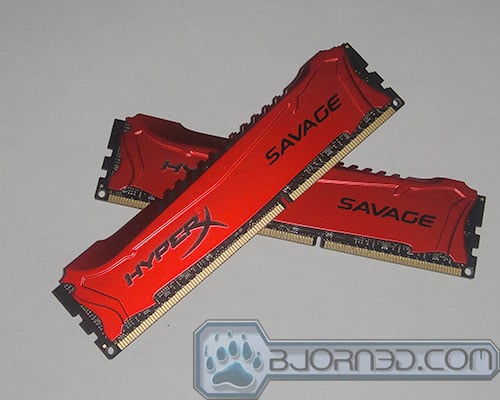
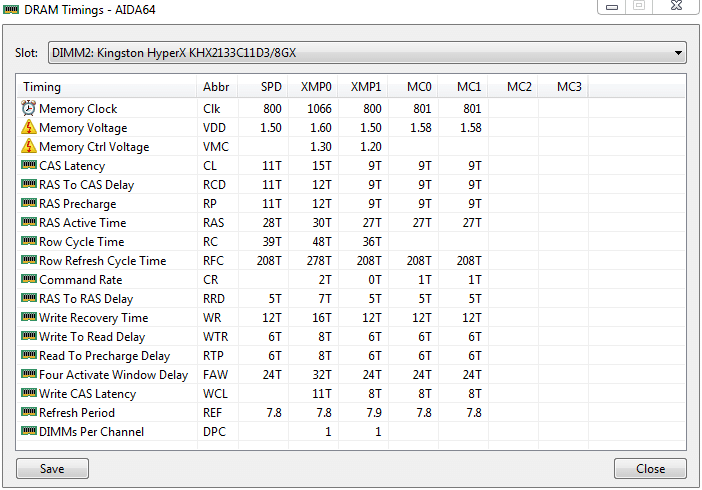
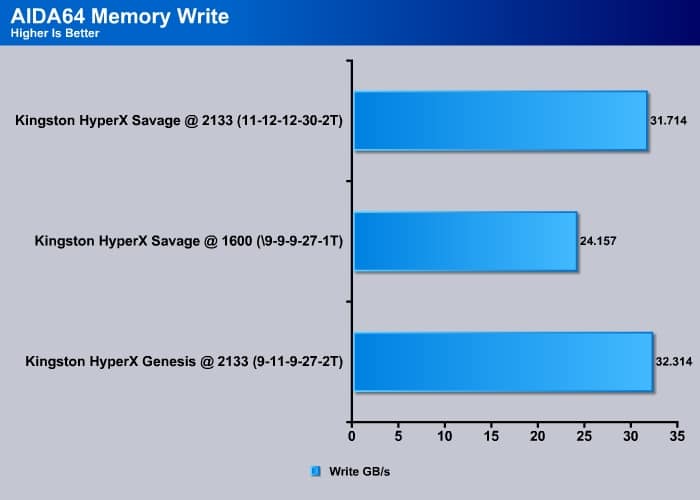
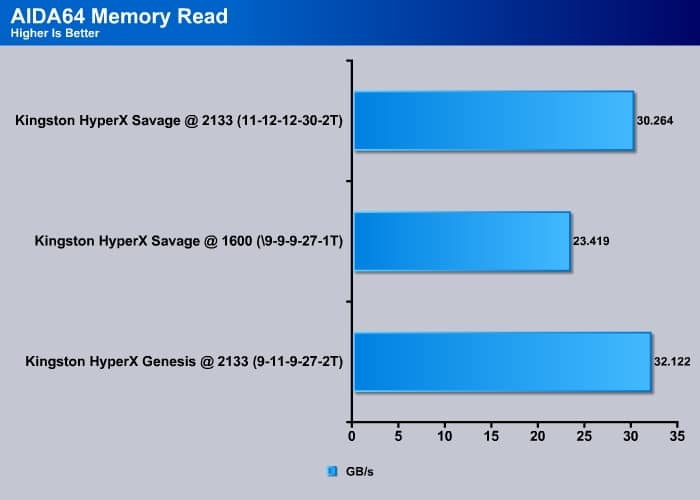
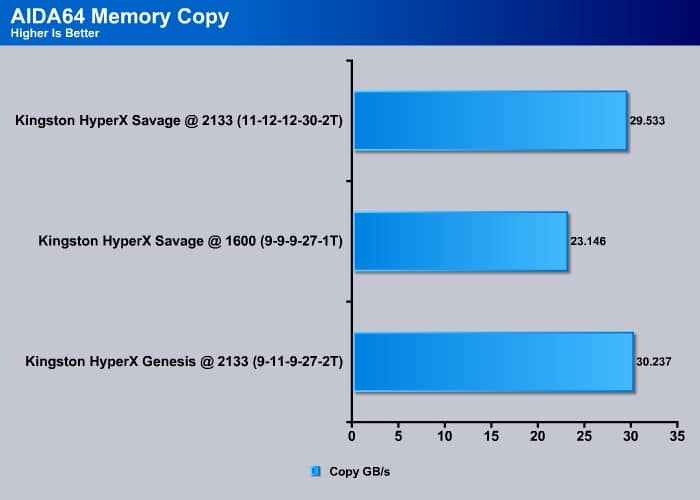
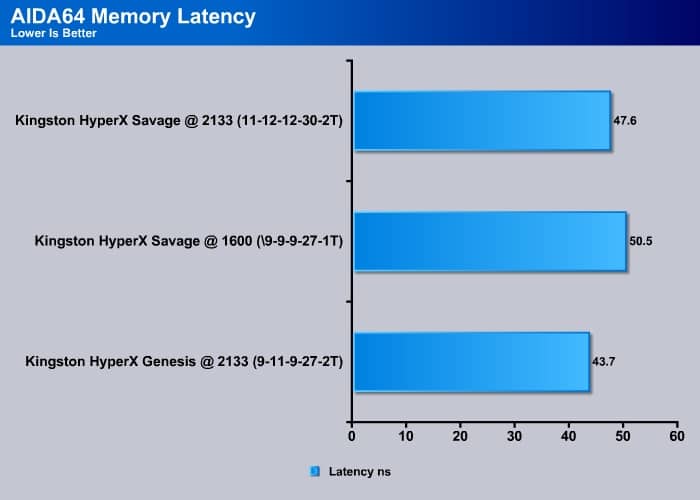
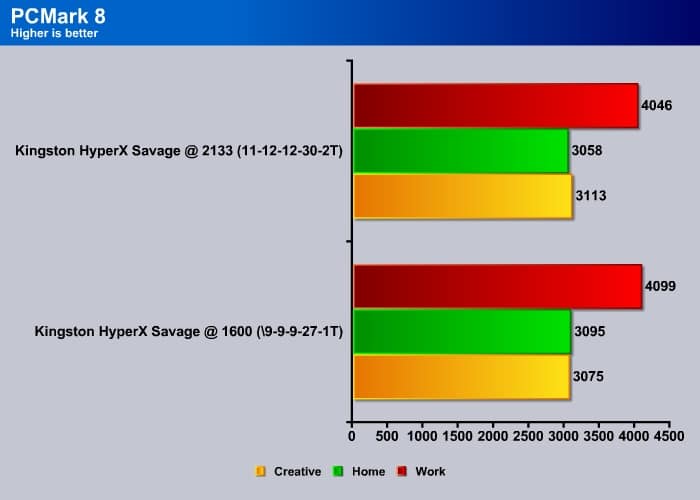
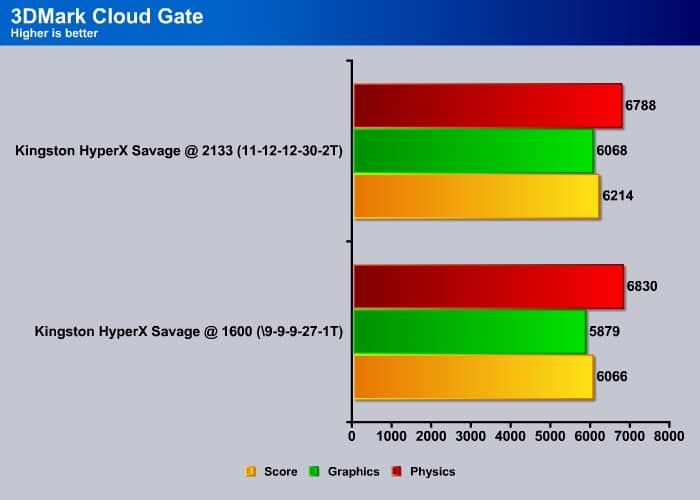



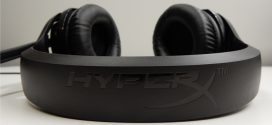




This is interesting if there is a really huge difference performance-wise between the Kingston Savage and HyperX Fury. I have the latter one (4GB for now, although I feel I had to buy an 8GB RAM). And the HyperX Fury costs a bit more – $40 against $30 (http://hardware.nl/catalogsearch/result/index/?manufacturer=Kingston&p=6&q=HyperX).